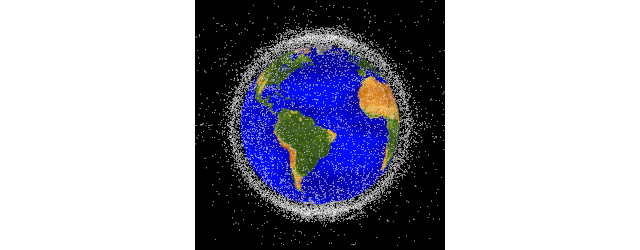Space science (Vol. 51, No. 4)

Space exploration is moving into a new era, with the focus of science and research move from one-off achievements and firsts, to the establishment of frameworks that will encourage sustainability.
At the same time, the more we learn about space, the more we realise that plans must be put in place to mitigate threats from beyond our own atmosphere. In an EPJ-ST Special Topics issue on 'Celestial Mechanics in the XXIst Century' in particular studies related to the risk of collisions of space vehicles with space debris and strategies to avoid a collision of an asteroid with the Earth are presented.
Reducing the risk of space debris collision
A plausible method of clearing space debris could be achieving through the use of a tug vehicle that requires a successful connection procedure.
de Jesus, A.D.C., Santos, G.L.F., Reducing the risk of space debris collisions using conditions or performance simultaneous operation in minimum time. Eur. Phys. J. Spec. Top. 229, 1419–1427 (2020)
[Abstract]
Protecting Earth from asteroid impact with a tethered diversion
The use of a tether assisted system could prevent an asteroid impacting Earth without the risk of fragmentation.
Venditti, F. C. F., Marchi. L. O., Misra. A. K, Sanchez. D. M., Prado. A. F. B. A. , Dynamics of tethered asteroid systems to support planetary defence, Eur. Phys. J. Spec. Top. 229, 1463–1477 (2020)
[Abstract]
Spacecrafts get a boost in ‘Aerogravity Assisted’ interactions
New research examines the effect of rotation and other variables in the applications of ‘Aerogravity Assisted’ manoeuvres to obtain an energy boost for space crafts.
Piñeros. J. O. M., Gomes. V. M., dos Santos. W. A., Golebiewska J. , Effects of the rotation of a spacecraft in an atmospheric close approach with the Earth, Eur. Phys. J. Spec. Top. 229, 1517–1526 (2020)
[Abstract]






